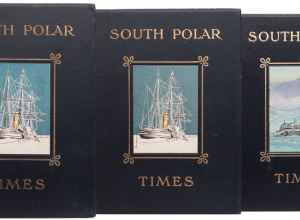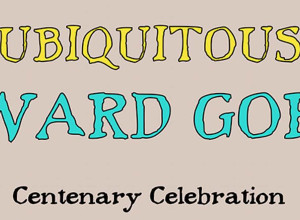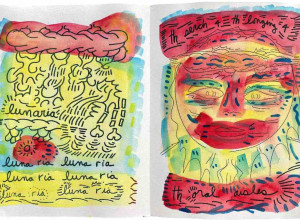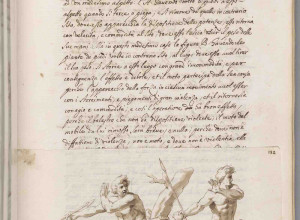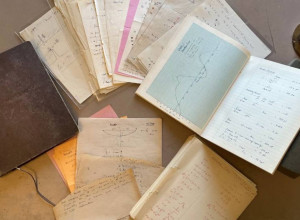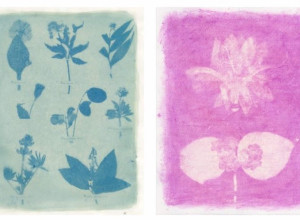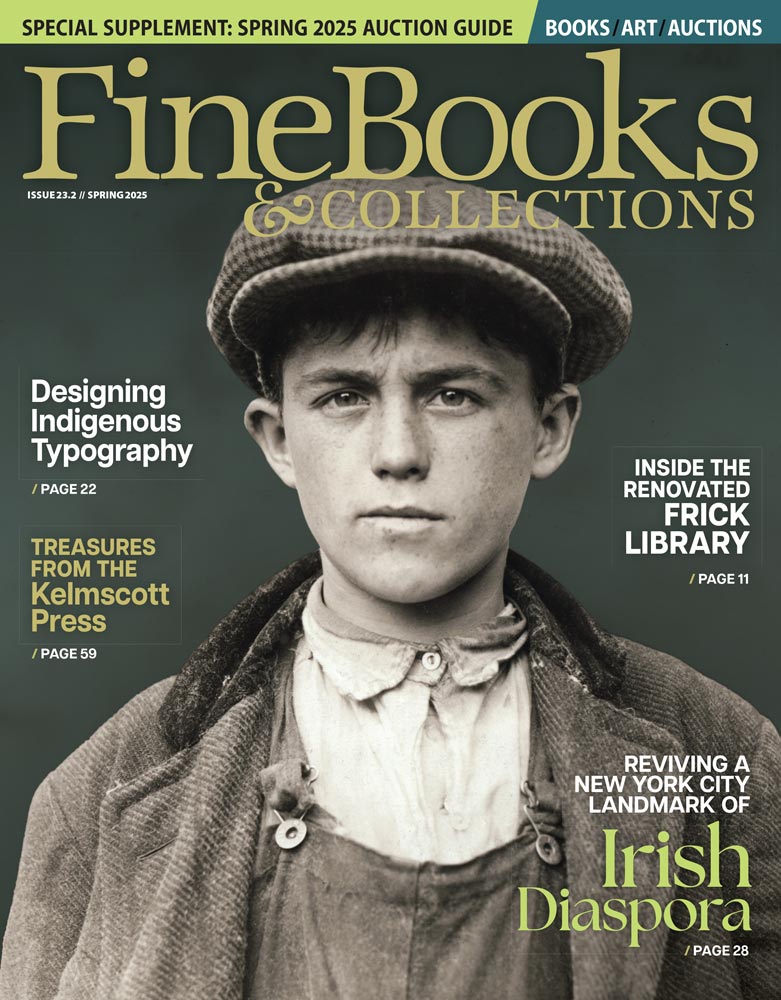Photo-Based Work Inspired by Emily Dickinson's Garden on View
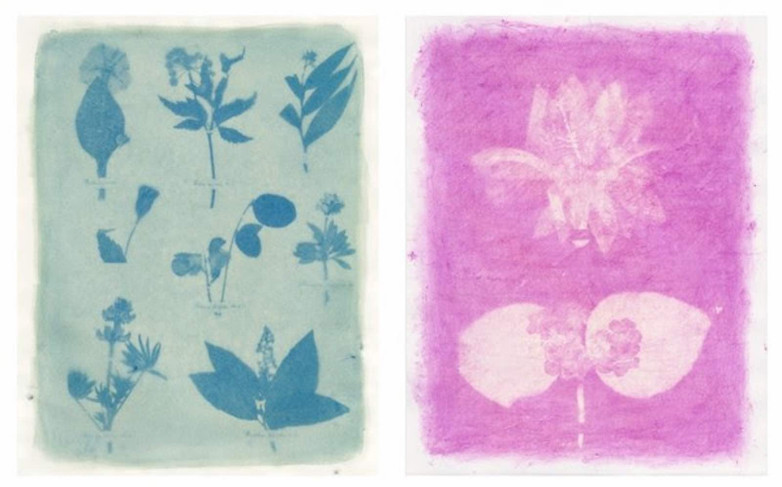
Amanda Marchand and Leah Sobsey, Herbarium Plate 54 - Pansy, 202, and Herbarium Plate 64 - Christmas Cactus, 2023. Archival pigment prints.
A new exhibition pays homage to Emily Dickinson’s botanical devotion using a plant-and light-based photographic process invented during her era.
Before Dickinson gained her reputation as a poet she was known by family and friends for her passion for gardening and more than a third of her poems reference flowers and plants. Born into a family of gardeners, Dickinson tended to a large garden at her family home in Amherst, Massachusetts, sending fresh bouquets to friends and family, often with poems attached, known as “nosegays”, and studied botany at Amherst Academy and Mount Holyoke. The exhibition's title - This Earthen Door - is derived from Dickinson’s poem: “We can but follow to the Sun” (We go no further with the Dust; Than to the Earthen Door—).
For This Earthen Door Amanda Marchand and Leah Sobsey developed a project rooted in Emily Dickinson’s botanical studies. Using anthotype, a plant-and light-based photographic process invented during Dickinson’s era, the exhibition presents a highly pigmented monochromatic re-imagining of the 66 pages of Dickinson’s herbarium which contains over 400 different species.
Amanda Marchand is a Canadian, New York-based photographer and educator, and Leah Sobsey is an image maker, Associate Professor of Photography, curator and director of the Gatewood Gallery at the University of North Carolina, Greensboro.
Housed in the Houghton Library’s Emily Dickinson Collection at Harvard University, they used photographs of the pages as a basis for their work. Complementing the anthotypes is a series of choromotaxys or color classifications composed of grids of pigment from the juices of 66 flowers, symbolizing their shared properties and poetic associations. These works form the artists’ own 21st century herbarium.
Creating herbariums – flower scrapbooks made by pressing dried plants into the pages of a book - was a popular pastime in Dickinson’s time. She created hers at 14, representing the extraordinary number of plants she collected from her garden and on walks. In a letter to a friend at the time, she wrote: “I am going to send you a little geranium leaf in this letter, which you must press for me. Have you made an herbarium yet? I hope you will if you have not, it would be such a treasure to you; most all the girls are making one. If you do, perhaps I can make some additions to it from flowers growing around here.”
In a gesture honoring Dickinson’s effort made more than 180 years ago, and galvanized by the fact that her herbarium is now too delicate for public or private viewing, the artists grew and harvested plants and flowers from their own gardens to remake her sampler. Working in different planting zones in Quebec and North Carolina, the artists were able to bring to life nearly all of Dickinson’s plants in Massachusetts including poppy, daylily, snapdragon, tulip, honeysuckle, dandelion and others.
This Earthen Door encompasses more than three years of work from 2020 - 2023, beginning during the pandemic. “Like the time machine that is any herbarium, with its pressed specimens offering a slice of the past," says Marchand, "This Earthen Door gives a glimpse into the nature-inspired world of the enigmatic, beloved poet nearly two centuries later and asks, with today’s “plant invisibility” and climate chaos, where she may point us.”
The exhibition will be on view from April 10 through June 27, 2025, at Rick Wester Fine Art at 526 West 26th Street in New York City.
Rick Wester Fine Art will also present a selection of the work at The Photography Show presented by AIPAD from April 23 through 27, 2025, at the Park Avenue Armory in New York City. Additionally, on May 25, The Brandywine Museum of Art in Chadds Ford, Pennsylvania, will present This Earthen Door through September 7, 2025. A recent monograph of the same title was published in 2024 by Datz Press (Seoul, Korea).





